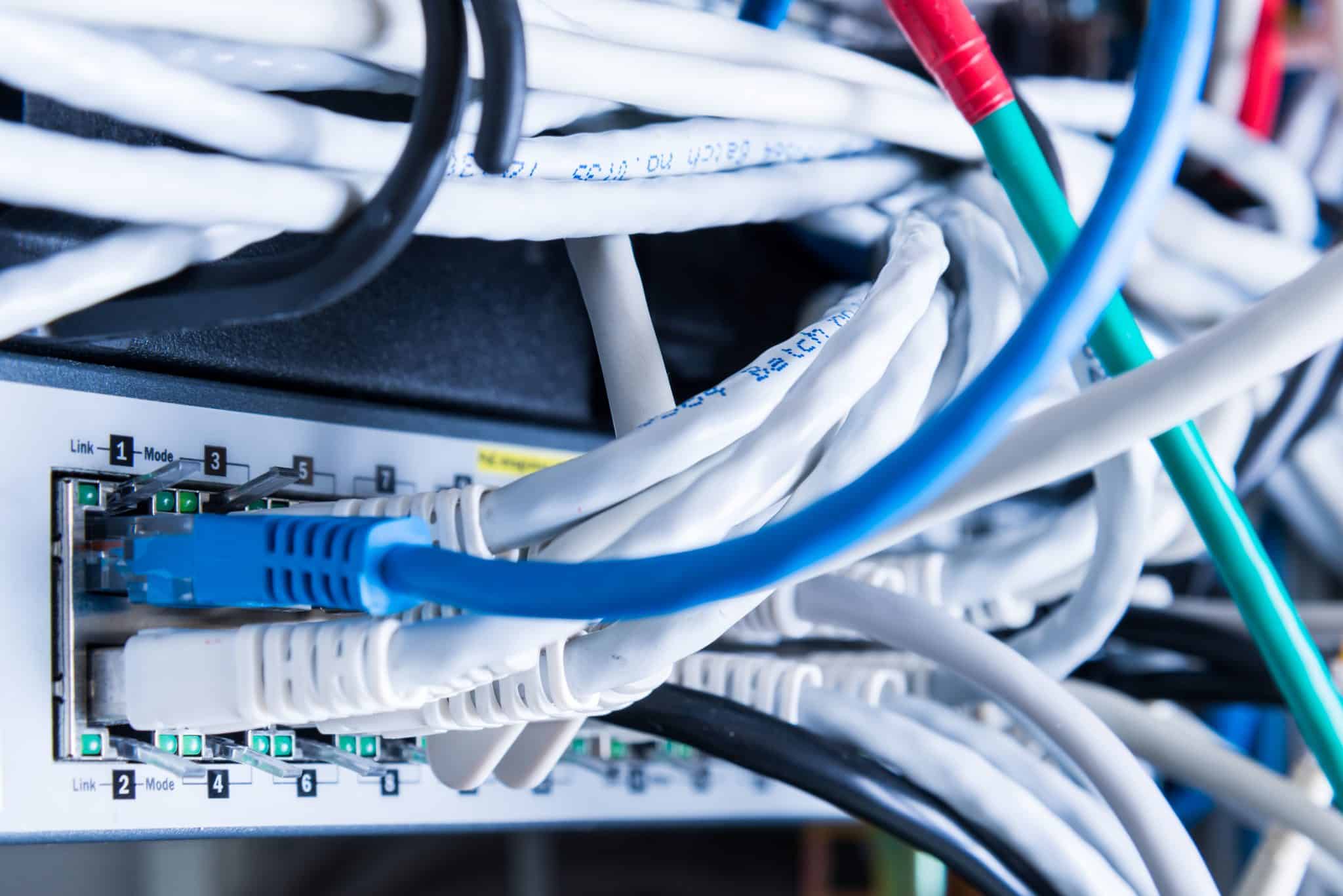Maintaining Cables 101
Join Jay Tourigny and Priority Networks Inc in learning how to care for your adapters, transceivers, patch cords, and the like. (Source: Cabling Installation & Maintenance, Jay Tourigny senior vice president, MicroCare LLC, June 8, 2021, https://www.cablinginstall.com/design-install/article/14202464/wettodry-fiber-cleaning-a-good-way-to-ensure-network-reliability).
Maintaining proper network cabling is paramount for ensuring good performance and reliability. Regularly cleaning your fiber connections is essential whether you deal with data cabling or provide cabling service.
The two Major Contaminants
Jay Tourigny says oil residue and dust are the primary forms of endface contamination. Priority Networks Inc seconds the claim. Depending on the environment, dust can come from many places and parts. Examples include dead skin flakes and hair strands from work sites and installers.
Interestingly, dust can also come from data cabling cleaning tools, like particles from cleaning sticks tipped in foam. Moreover, Jay Tourigny adds that the static electricity from electrostatically charged connectors attracts dust from the air. It ends up getting locked unto the connector endface. Priority Networks Inc agrees.
When it comes to oil contamination, the biggest culprit is human skin and fingerprint oil secretions. But oil contamination can also be sourced to the off-gassing of plasticizers in PVC connector endcaps. Even IPA (Isopropyl Alcohol) can contribute to oil contamination, even though it is used to clean data cabling fibers. Since it is hygroscopic, IPA absorbs minerals and moisture in the air and traps them in the network cabling fiber end faces.
Problems of Contamination
Contamination messes with the network cabling system. Even a minuscule particle can interfere with the light path, Jay Tourigny says in agreement with Priority Networks Inc.
When the light signal’s path is blocked, it may result in the loss of absorption. The contaminant may also lead to insertion loss due to a change in the light’s refraction index or dispersal of the wavelength’s unpredictability.
As a result, data transmission loss and slower network speeds can occur. If left unchecked, contamination may even lead to the complete loss of signal.
Cleaning the Contaminants
A cabling service has a couple of remedies to deal with the contamination problem.
When wiped with a dry wipe or stick, the endface develops a triboelectric charge, which attracts dust contaminants. This static bond is broken using a wet-to-dry fiber optics cleaning fluid.
Cleaning the cables becomes easier as the weakened static electricity allows the dust particles to be removed. Jay Tourigny concludes. Priority Networks stands by this statement.
Using a Wipe for Wet-to-dry Cleaning
Jay Tourigny suggests using a using good quality wipe for optical-grade cleaning. Priority Networks Inc supports the suggestion. The wipe you use should not leave any debris or residue behind. That will defeat the purpose of cleaning.
Using a Stick for Wet-to-dry Cleaning
A cleaning stick with a polymer tip is best for cleaning fiber-optic cables. Do not use sticks with a foam or paper tip as they fall apart easily, advises Jay Tourigny, and Priority Networks Inc agrees. Sticks come in handy for heavy soiled connectors or alignment sleeves that are difficult to reach by hand.
Meeting the Standards for Cleanliness
Both IPC (Institute of Printed Circuits) and iNEMI (International Electronics Manufacturing Initiative) recommend the wet-to-dry cleaning method.
To ensure installer networks perform perfectly, all network connections must meet this cleanliness standard. Priority Networks stands by these standards as well.




